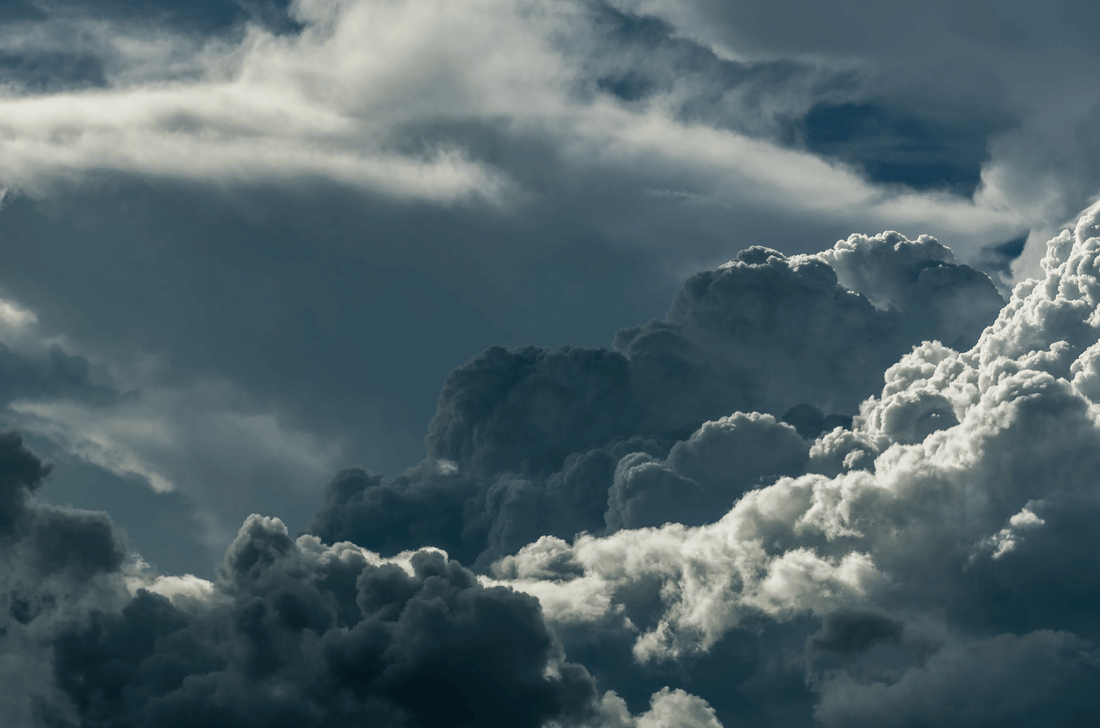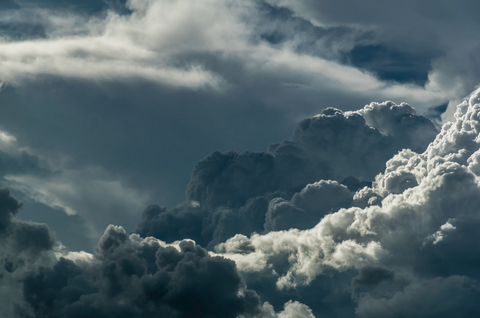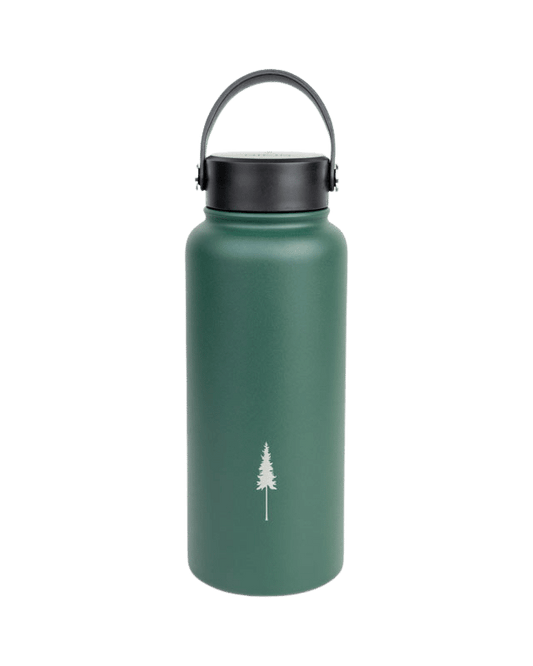Weather and climate - two terms not to be confused or equated. One changes every day and the other is currently undergoing a problematic turnaround. Which is now which and which influences the other? Weather and climate at a glance.
Weather and climate - two terms not to be confused or equated. One changes every day and the other is currently undergoing a problematic turnaround. Which is now which and which influences the other? Weather and climate at a glance.
Weather and climate are on everyone's lips, not least thanks to the increasing protests aimed at climate protection. We are all feeling the effects of climate change. Not only in the desert areas of the world, but also in the northern hemisphere the weather is getting warmer and drier. The consequences are fatal. The aim here is to explain what constitutes weather and climate and what each of us can do to help stop the threat of global warming.
What is climate, what is weather?
When we speak of weather, we mean the meteorological phenomena that make up our everyday lives. Weather is the daily "materialisation" of climate, if you will. It doesn't matter whether we speak of "good" or "bad" weather, of sunshine, storms or winter cold.
Climate - this refers to the long-term meteorological development. Observed over years, decades or even centuries, trends become apparent. We speak of "climate" when we look at periods of more than 30 years. In addition to historical ice ages and warm periods, temporary deteriorations of the climate can be observed, for example, due to extreme volcanic eruptions. Scientists use the historical data to make forecasts for future developments.
How does the climate affect us, and is it really changing?
The effects of weather and climate influence life on all continents of our planet. Only a relatively balanced distribution of sun and rain, heat and cold, ensure optimal living conditions for animals, plants - and people. The climate gives us our daily weather and thus also the possibility of inhabiting and shaping our environment. That the weather changes in the short term is perfectly normal and even necessary. The climate, however, should be relatively stable in the longer term. After all, how well we settle into our natural environment depends on it.
Unfortunately, the data of the last decades indicate that the Earth is increasingly warming. Since 1997, NASA measurements have recorded the ten warmest years ever - at least during the past millennium. The constant, creeping warming is of course also changing the weather. What initially seems attractive to northern Europeans - more warmth, more sun - has fatal consequences. Hot, dry summers cause crop failures, soils dry out to the depth of a metre, lack of precipitation means that even in the cool season the dams no longer fill up sufficiently. Glacier ice melts and is not formed anew. Weather phenomena such as hurricanes, actually something we associate with the tropics, are occurring more and more frequently even in previously "temperate" regions.
Heat and drought have horrific consequences
Summers are therefore becoming warmer and drier, winters milder. Bad consequences of the drought: forest fires are becoming more frequent. The slightest negligence leads to millions of hectares of forest being lost - 2018 was one of the worst years in recent history in this respect. And what we should all keep in mind: this is just the beginning. Climate change has been here for a long time, it will continue to be with us, and it is high time to at least mitigate it drastically.
What is causing global warming and what can we do about it?
The main causes of climate change are emissions such asCO2 and methane gas. The main polluters are, of course, industries, but also intensive livestock farming, which produces enormous amounts of biogas. However, we all contribute to this situation - and we can all do something to improve it.
Ourcarbon footprint is made up of many different components. The consumption of items produced with the production ofCO2 contributes to it, as does frequent meat consumption, especially products from factory farming. Cruise ships and air travel also put pressure on the climate!
The cutting down of forests, which convertCO2 into oxygen, further accelerates the warming of the planet - especially in the "green lungs" of our world, such as in Southeast Asia and the Amazon basin. In addition to the threat posed by climate change, the animals, plants and people living there have to accept the loss of their habitat.
Anyone can join in!
Everyone can take part in climate protection - we at NIKIN donate to the planting of a tree through our partner OneTreePlanted with every product purchased from us. The activities of organisations like OneTreePlanted help the world's forests to recover.
That is good, but of course it is far from enough. Everyone can and should join in. Keeping an eye out in everyday life, being more aware of one's own consumption habits and demands, that achieves a lot! If everyone joins in, climate protection happens immediately!





















